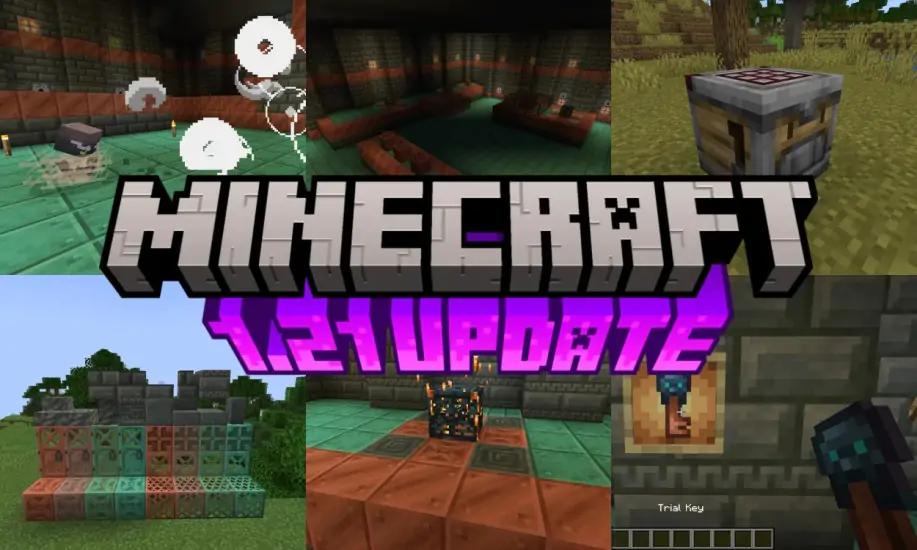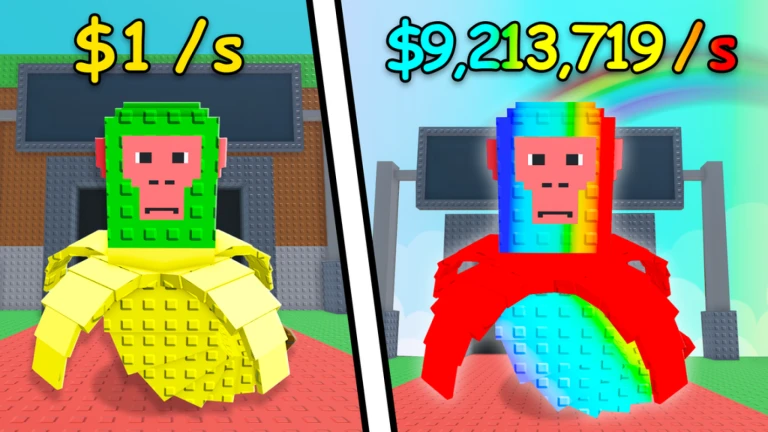Popular Now
Introduction
Gacha mechanics have become a common monetization strategy in many online games. In Roblox: Steal a Brainrot, this system plays a central role in how players obtain powerful brains, skins, and modifiers. While gacha can add excitement and surprise to the game, in Steal a Brainrot, it has also created serious issues—especially around fairness, accessibility, and long-term engagement. This article will explore how gacha mechanics negatively impact gameplay and player experience, particularly for free-to-play (F2P) users, and what changes could improve the current system.
1. How the Gacha System Works in Steal a Brainrot
In Steal a Brainrot, players can earn or buy loot crates that randomly drop brains or modifiers. Each crate contains a variety of items with different rarity levels, and the drop chances for powerful brains are very low.
There are several types of crates—basic, advanced, event, and premium. Some crates are only available for a limited time or during special events, adding pressure to spend money quickly.
While it might sound fair in theory, the reality is that players who don’t spend Robux have extremely limited access to the most impactful items. The randomness of gacha means a player could spend hours grinding and still get nothing useful.
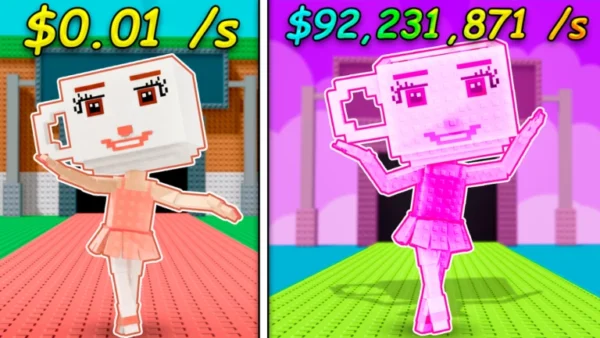
2. Gacha’s Influence on Competitive Fairness
The gacha system in Steal a Brainrot creates a distinct divide between paying players and F2P users. Those who invest real money can roll crates repeatedly until they unlock high-tier brains, while F2P players are left relying on luck and time.
This creates a pay-to-win (P2W) dynamic. Stronger brains often outperform others regardless of skill level, making it difficult for F2P users to compete in PvP matches or ranked modes.
As a result, some matches feel predetermined—not based on player skill, but on who unlocked better brains through gacha rolls. This directly contradicts the spirit of competitive fairness.
3. The Psychological Trap of Randomness
Gacha systems often rely on psychological manipulation. The thrill of a rare pull is addicting, and the disappointment of a bad one can lead players to roll again, chasing that dopamine hit.
Many players report feeling frustrated or even addicted to crate-pulling. Some spend far more Robux than they planned, hoping for a lucky drop that never comes.
This kind of system can be harmful—especially to younger players who may not fully understand the real-world cost of their in-game actions. It’s a mechanic that prioritizes revenue over healthy player behavior.
4. F2P Progression Is Painfully Slow
For those who don’t spend Robux, the grind is harsh. Brain tokens are earned through matches, daily quests, and special events, but at a painfully slow rate.
Unlocking just one advanced crate can take several hours of active play. Even then, the odds of getting something powerful are slim. Many players go weeks without pulling a single viable brain.
This glacial pace discourages casual and new players, making them feel excluded from the meta unless they open their wallets. It pushes players away instead of drawing them in.
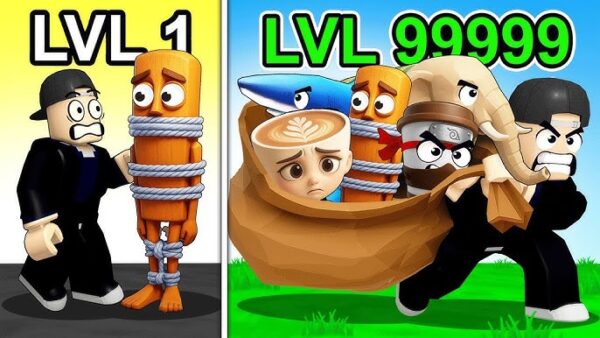
5. Event-Exclusive Brains and FOMO
Steal a Brainrot frequently releases limited-time events that introduce exclusive brains or modifiers. These items are often very powerful and unavailable once the event ends.
This generates a strong fear of missing out (FOMO), pushing players to spend Robux quickly. If they miss the event, they might lose access to a key meta-defining brain forever.
FOMO events are designed to pressure players, not reward them. It leads to a cycle where only the most dedicated or wealthy players can stay competitive long-term.
6. Secondary Market: Scams and Exploits
As certain brains become rarer due to gacha or events, some players try to trade accounts or use third-party platforms to buy access to specific brains. This creates a shady secondary market.
Scamming is rampant. Players, especially younger ones, are tricked into giving away their accounts or currency in exchange for false promises. This creates trust issues within the community.
Instead of offering a secure way to trade or buy items, the game’s reliance on gacha pushes players into unsafe territory. It's a system that indirectly encourages unethical behavior.
7. Community Reactions and Frustrations
The Steal a Brainrot community has been vocal about the negative impact of gacha mechanics. On Discord, Reddit, and YouTube, players frequently post complaints about low drop rates, F2P exclusion, and pay-to-win elements.
Some long-time players have quit entirely, citing burnout from constant grinding with little reward. Others have called for transparent drop rates or pity systems—features that many other gacha-based games have adopted.
Despite this feedback, few meaningful changes have been made. Developers occasionally introduce bonus drop events, but these are usually tied to Robux purchases rather than true balancing efforts.
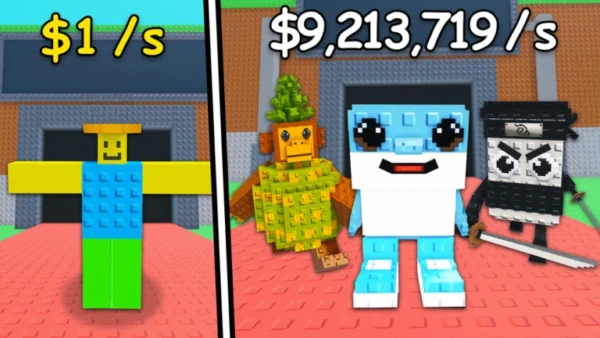
8. Comparison with Other Roblox Titles
Many successful Roblox games avoid hard paywalls or harsh gacha mechanics. Games like BedWars or Tower Defense Simulator offer unlockable content through gameplay milestones, not pure randomness.
These models promote fairness and reward skill, not spending. Players feel that progress is within their control, and the community stays more engaged as a result.
Steal a Brainrot could learn from these games. By giving players more agency in how they unlock items, it could regain the trust and loyalty of its user base.
9. What an Ethical Gacha System Looks Like
Not all gacha systems are inherently bad. Some games implement safeguards to reduce their exploitative nature. These include:
-
Pity systems that guarantee a rare item after a certain number of rolls
-
Token systems that allow players to gradually exchange for their desired item
-
Clear, published drop rates so players know their odds
-
Free roll opportunities tied to achievements, not purchases
If Steal a Brainrot incorporated even a few of these, it would significantly reduce frustration and make the system more ethical and inclusive.
10. A Better Path Forward for Steal a Brainrot
To fix its current issues, Steal a Brainrot needs to rethink how it distributes brains and modifiers. Gacha can still exist, but it must be balanced by alternative systems that reward effort and skill.
Here are some actionable suggestions:
-
Add a brain crafting system that allows players to combine parts into full brains
-
Introduce pity counters on premium crates
-
Offer tradeable items within the game to reduce reliance on black markets
-
Increase daily token rewards to make free progression meaningful
-
Add achievement-based unlocks for legacy or event brains
By shifting away from purely randomized rewards and giving players more control, the game can restore fairness and longevity.
Conclusion
While gacha mechanics may generate short-term profits for Roblox: Steal a Brainrot, they come at the cost of player trust, fairness, and long-term engagement. The current system heavily favors paying players, frustrates free users, and creates an environment where chance outweighs skill. If the developers want to build a healthy and loyal community, they must take meaningful steps to improve the gacha system, reduce pay-to-win elements, and reward players based on effort—not just luck.












